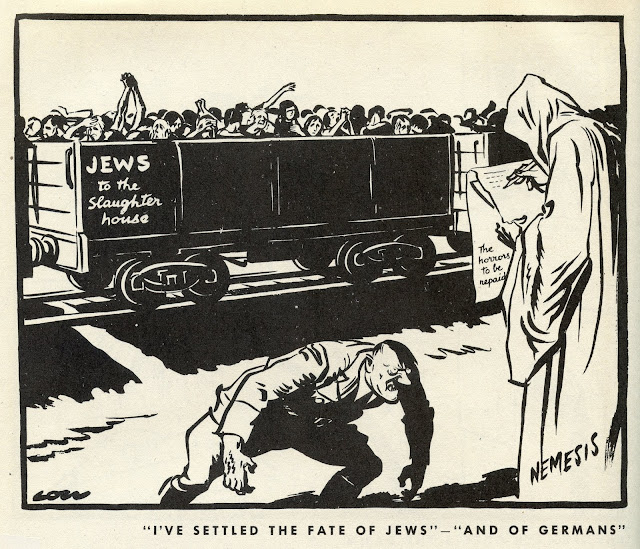To copy comic strips, stretched prone upon the musty carpet--When I was ten years old, my version of bliss was lying on the floor and copying Leonard Starr's drawings for On Stage out of the Chicago Tribune Sunday comics section. His drawings thrilled me, and I carefully cut them out and preserved them in a little box of treasures.
Mickey's ears, the curl in Donald's bill,
The bulbous nose of Barney Google, Captain Easy's squint--
What bliss!
I learned anatomy and faces from Leonard Starr. I could tell that he knew how to draw hands real good and I traced them as best I could.
I learned about composition and design from Leonard. That's a holy bond.
I wrote my second fan letter to him. (The first was to Zorro).
After I grew up and went on to practice law, I had the great pleasure of meeting my boyhood hero, and last Sunday I sat by his hospital bed and held his hand. In our last conversation he wanted to discuss William Faulkner's Nobel award speech, the one in which Faulkner said,
I decline to accept the end of man. It is easy enough to say that man is immortal simply because he will endure: that when the last dingdong of doom has clanged and faded from the last worthless rock hanging tideless in the last red and dying evening, that even then there will still be one more sound: that of his puny inexhaustible voice, still talking.I promised that when I came to visit him next, I'd bring the text of Faulkner's speech. This afternoon, Leonard passed away so I'm posting the text he wanted here, in the hope that he'll see it.
I refuse to accept this. I believe that man will not merely endure: he will prevail. He is immortal, not because he alone among creatures has an inexhaustible voice, but because he has a soul, a spirit capable of compassion and sacrifice and endurance. The poet’s, the writer’s, duty is to write about these things. It is his privilege to help man endure by lifting his heart, by reminding him of the courage and honor and hope and pride and compassion and pity and sacrifice which have been the glory of his past. The poet’s voice need not merely be the record of man, it can be one of the props, the pillars to help him endure and prevail.
Leonard, thanks for the bliss.

































